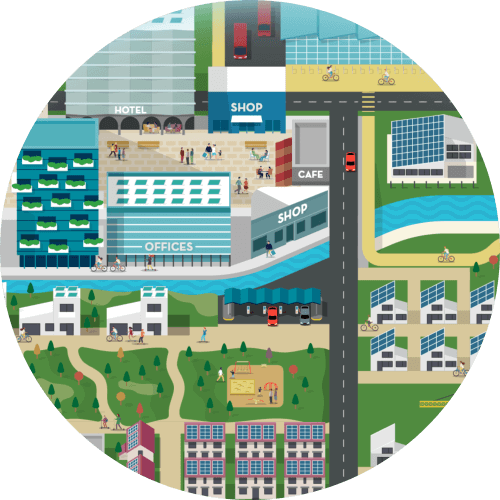See the steps your company can take towards a more sustainable future through our open resources.
Resources
 Go back
Go back

 Go back
Go back
Regional hubs
 Go back
Go back

 Go back
Go back
UK Business Climate Hub
The UK Business Climate Hub provides net zero advice for small and medium-sized enterprises (SMEs) in the UK.
About
 Go back
Go back

 Go back
Go back

